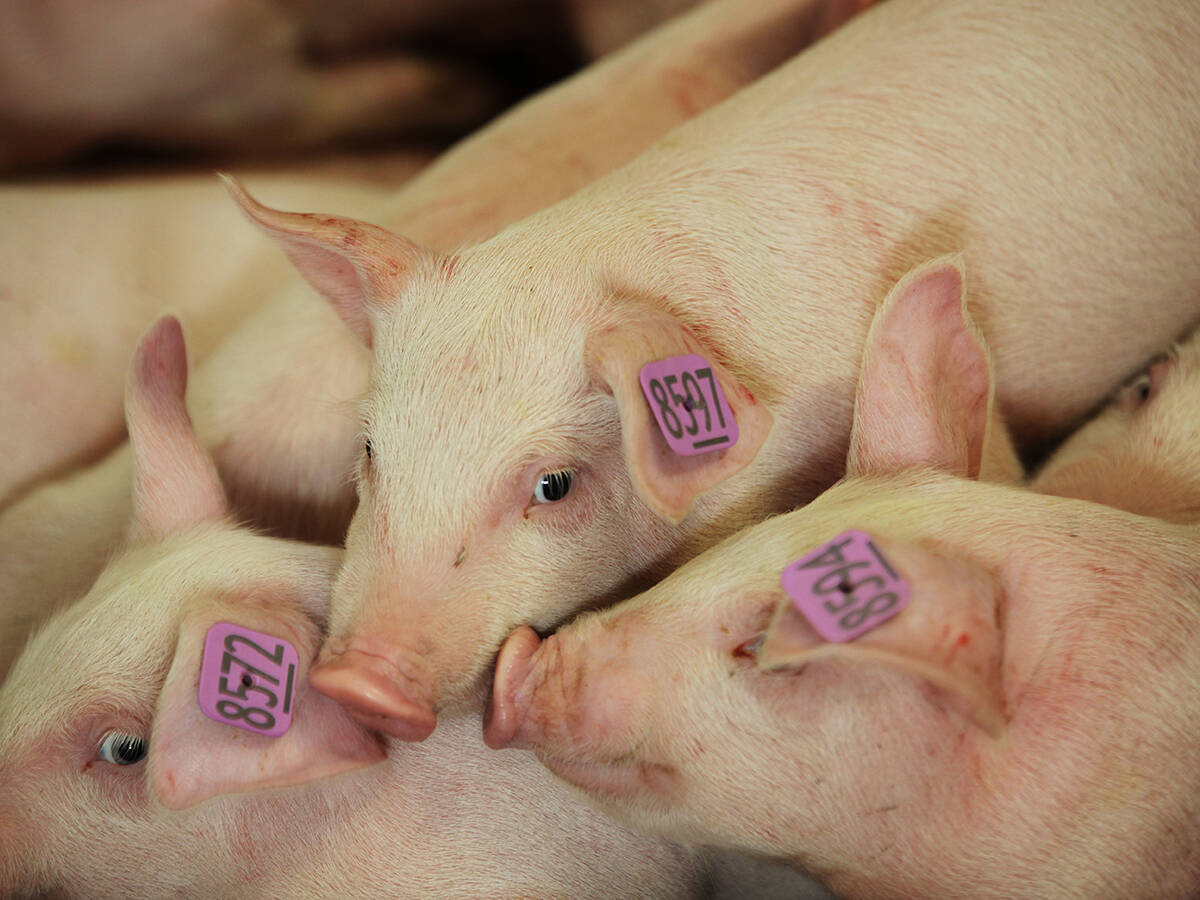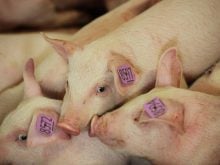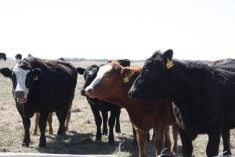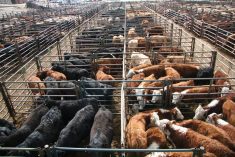Canada has ambitious plans for the Asian beef market. Here is a summary
of each region:
Japan
Canada continues to pursue the Japanese market, hoping to capture five
percent of its import market by 2010.
Beef’s main rival is seafood, which has an average annual per capita
consumption of a little more than 40 kilograms, compared to beef’s 4.6
kg. Pork and chicken are also more popular than beef.
Japan imported about one million tonnes of beef last year, with Canada
Read Also

The Western Producer Livestock Report – October 16, 2025
Western Producer Livestock Report for October 16, 2025. See U.S. & Canadian hog prices, Canadian bison & lamb market data and sales insights.
supplying 29,000 tonnes.
The discovery of bovine spongiform encephalopathy in three Japanese
dairy cows in 2001 was a setback for all beef suppliers. Domestic beef
consumption fell and no exports were allowed.
Consumption is starting to return to 2000 levels, but consumer
confidence in beef is still shaky.
South Korea
Canada wants 14 percent of this beef market by 2010, which means sales
would have to increase to 44,000 tonnes. Political tensions and poor
domestic economic performance pushed exports back to 9,334 tonnes in
2001, a 55 percent decrease from the previous year when South Korea
bought more than 20,500 tonnes of Canadian beef.
The foot-and-mouth crisis in the United Kingdom and continuing reports
of BSE led to a loss of consumer confidence in imported beef.
A tariff on imported beef of 42.5 percent remains another obstacle.
Many Koreans also prefer pork to other meat, with the average
consumption at 32 kg per capita.
Canadian exports recovered by 148 percent for the first six months of
2002, and exporters hope to ship 18,800 tonnes this year.
Taiwan
Canada hopes to gain 10 percent of the Taiwanese beef market by 2010,
or 13,000 tonnes worth $69 million. Exports in 2001 were 2,985 tonnes,
well short of the goal of 5,500 tonnes because the Taiwanese economy
stumbled last year.
This year, Canada is the only major supplier to increase beef exports
to Taiwan.
Food safety scares related to BSE and foot-and-mouth disease saw more
people choosing chicken and vegetables over red meat.
Taiwanese per capita beef consumption has always been low, at around
three kg a year. Pork, poultry and seafood are much higher, with per
capita consumption of 40, 34 and 40 kg respectively.
Taiwan joined the World Trade Organization as an independent tariff
zone. Import tariffs on beef will be lowered to four cents a kg from
$1.30 per kg in 2004.
Hong Kong and China
The federation expects China and Hong Kong to import 365,000 tonnes of
beef by 2010. Canada wants 12 percent, or 43,000 tonnes, of that market.
Exports are expected to top 7,000 tonnes this year, up from 1,600
tonnes to Hong Kong and 1,400 tonnes to China last year.
Hong Kong residents eat about 10 kg of beef per year compared to 53 kg
of poultry. Figures are not available for the mainland.
There is potential for beef sales to China’s more prosperous urban
centres where incomes are rising. However, rural incomes are slow to
increase and there is a widening gap between rural and urban areas.
Hong Kong does not charge a tariff and acts as a port of entry to
China. When China joined the WTO it took steps to reduce import tariffs
to 12 percent from an average of 15 percent. Beef tariffs are 25
percent.
China is attempting to introduce food safety rules with more
inspections and quarantines on imports and exports. Canadians shipping
there are seeking system-wide approval for all federally inspected meat
processors in Canada. So far, Chinese inspectors have visited 13 beef
plants and some pork plants.
“Exporters have to meet the standards of the importing country,” said
Larry Campbell of the Canadian Meat Council. “They may have more
exacting requirements.”
Direct access to China remains a challenge since most of the imported
beef that is shipped there from Hong Kong is smuggled.
Mexico
Canada wants 20 percent of the Mexican import beef market, which would
mean 91,000 tonnes. Exports in 2001 were 69,000. The beef export
federation is projecting exports to increase to 70,000 tonnes, worth
$274 million this year.
Beef is popular in Mexico and is on equal footing with poultry at
around 15 kg per capita consumption.

















